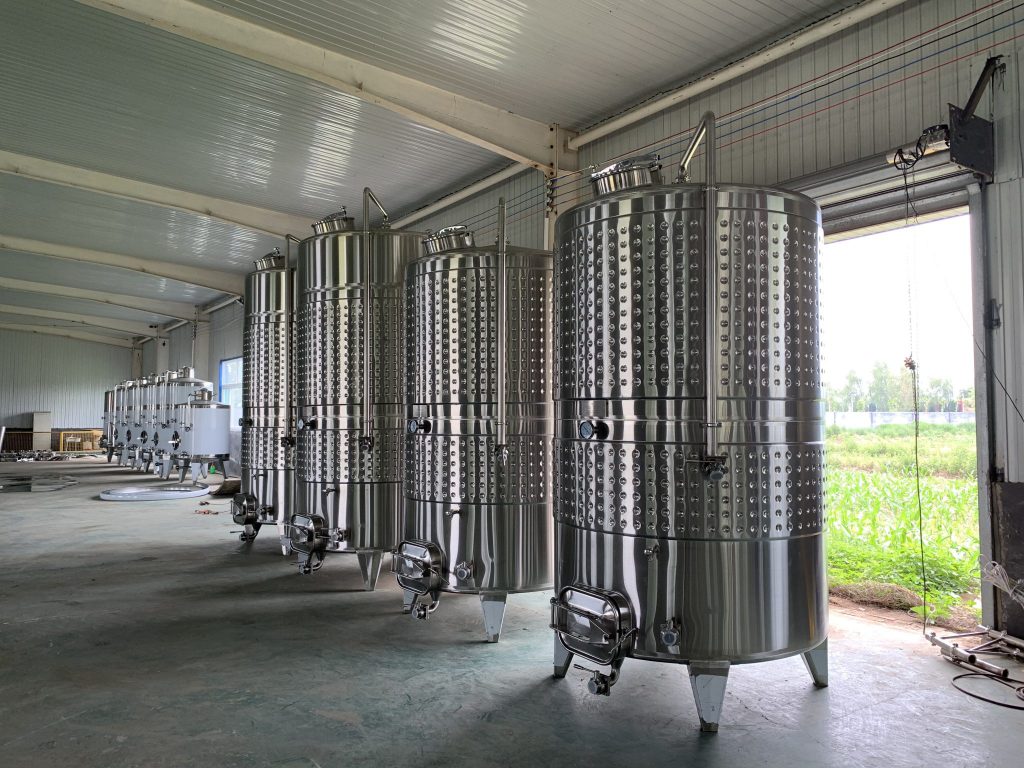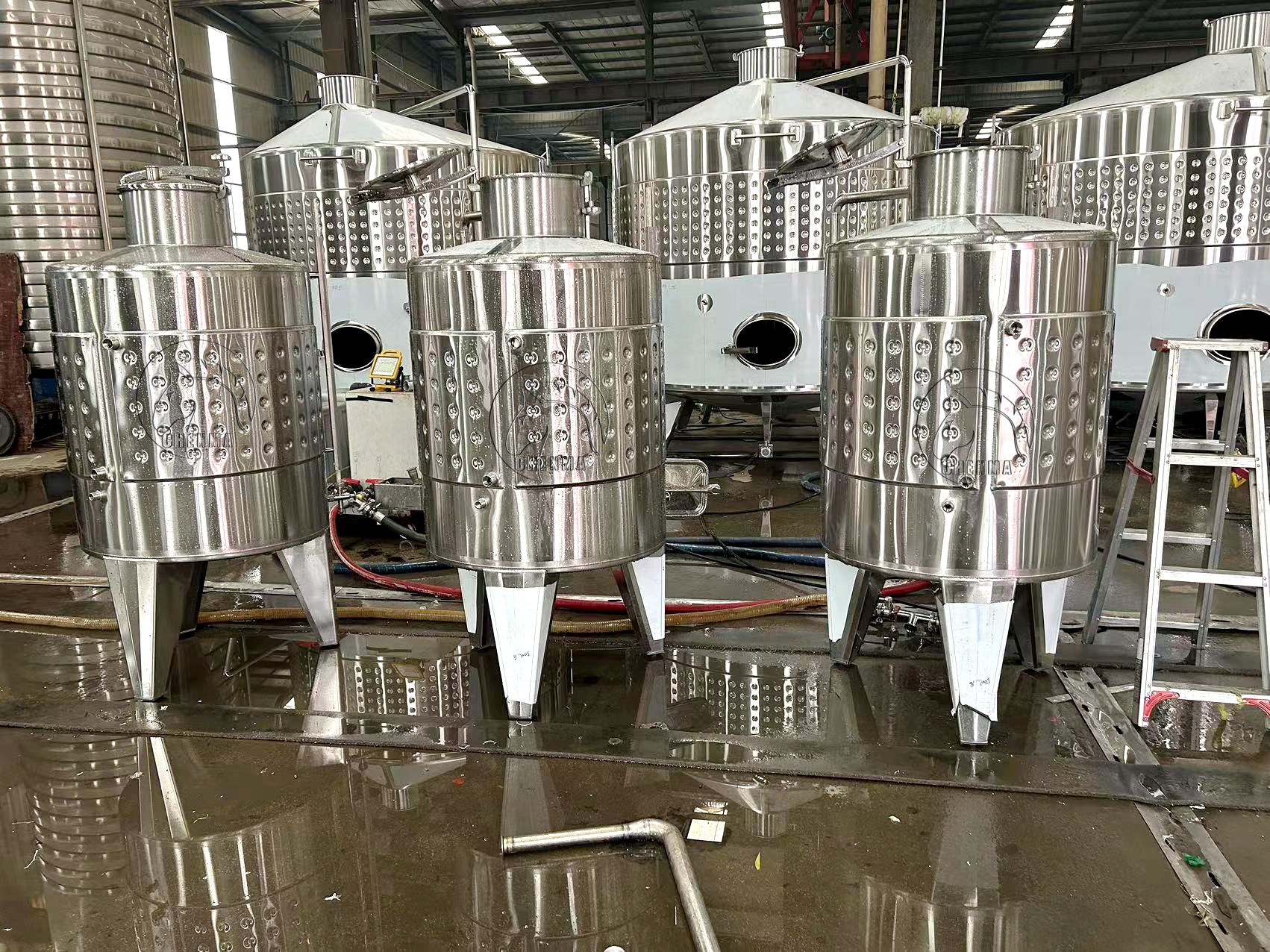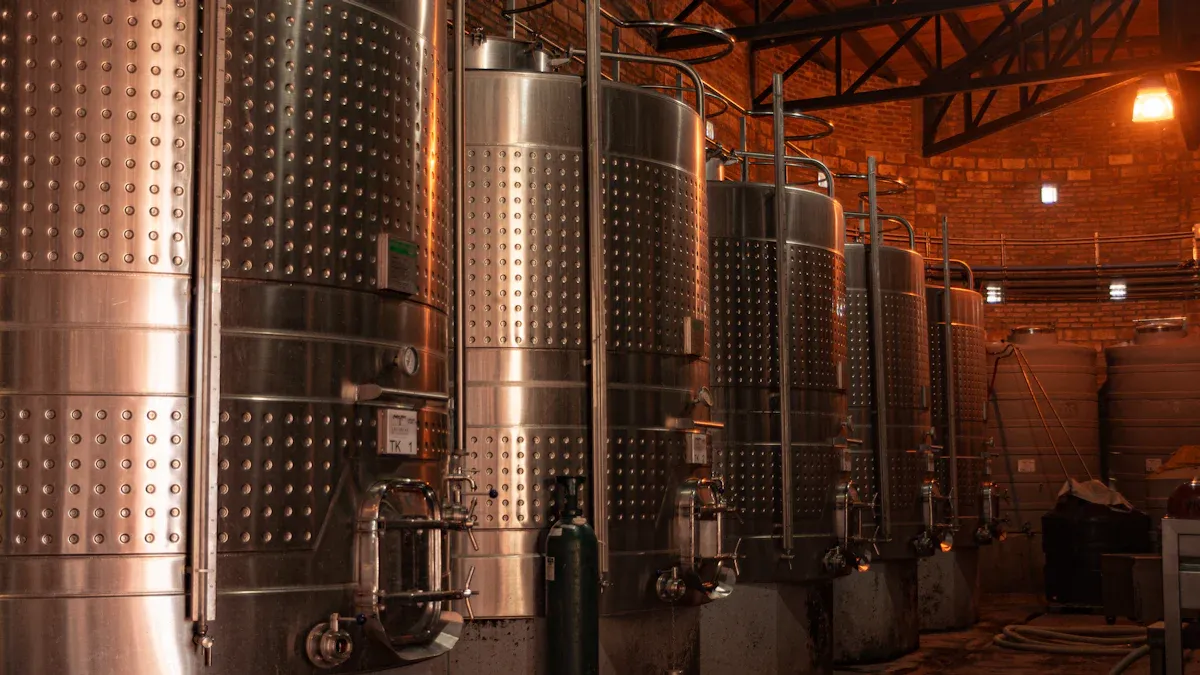
Choosing wine making equipment depends on several factors, including your level of experience, the scale of production, the type of wine you want to make, and your budget. Here are steps to help you select the right wine making equipment:
1.Determine Your Goals:
- Decide what type of wine you want to make (e.g., red, white, rosé, sparkling).
- Consider whether you want to make wine as a hobby or on a commercial scale.
- Determine your budget for wine making equipment.
2.Educate Yourself:
- Learn about the wine making process. Understanding each step will help you identify the necessary equipment.
- Research the specific requirements for the type of wine you plan to make, as different wines may require slightly different equipment.
3.Start with the Basics:
- If you’re a beginner, it’s a good idea to start with a basic wine making kit. These kits often include essential equipment and instructions for making wine.
- Basic equipment commonly includes a fermentation vessel, airlock, siphon, hydrometer, and bottles.
4.Consider the Fermentation Vessel:
- Choose a fermentation vessel based on the quantity of wine you want to produce.
Options include:
- Food-grade plastic buckets: Affordable and suitable for beginners making smaller batches.
- Glass carboys: More durable and suitable for long-term aging.
- Stainless steel tanks: Ideal for larger batches and professional winemaking.
5.Select Additional Equipment:
Depending on your goals and preferences, you may need the following:
- Airlock and bung: These prevent oxygen from entering the fermentation vessel while allowing carbon dioxide to escape.
- Hydrometer: Measures the specific gravity of the wine, helping you monitor fermentation progress.
- Auto-siphon or racking cane: Used to transfer wine from one vessel to another, such as from the fermenter to bottles.
- Bottles and corks or screw caps: Choose appropriate bottles and closures for your wine type.
- Corker or capper: Necessary if you plan to use corks or screw caps.
- Wine press: Required for making wine from whole grapes.
- Crushers and destemmers: Useful for processing grapes before fermentation.
- Thermometer: Monitors temperature during fermentation.
- Testing equipment: pH meter, titration kits, and other tools for measuring and adjusting acidity and other wine parameters.
6.Consider Quality vs. Budget:
- Quality equipment can make a significant difference in the final product. While it may cost more upfront, investing in durable, high-quality equipment can pay off in the long run.
- However, if you’re just starting and want to test the waters, you can begin with more budget-friendly options and upgrade as you gain experience.
7.Think About Space and Storage:
- Consider where you’ll be making wine and where you’ll store your equipment. Make sure you have adequate space and storage solutions.
8.Read Reviews and Seek Recommendations:
- Look for product reviews and recommendations from experienced wine makers, both online and in local winemaking communities or clubs.
9.Shop Around:
- Compare prices and options from different suppliers to get the best value for your budget
10.Safety and Cleaning:
- Don’t forget about safety equipment, such as gloves and eye protection, and cleaning supplies for sanitizing your equipment.
Remember that wine making can be as simple or as complex as you want it to be. Starting with the basics and gradually expanding your equipment as you gain experience is a common approach. Additionally, seeking advice from experienced wine makers or joining a local wine making club can provide valuable insights into equipment selection and wine making techniques.



